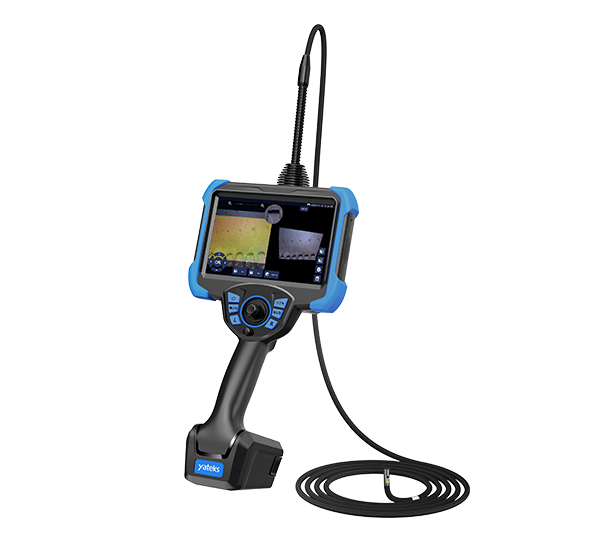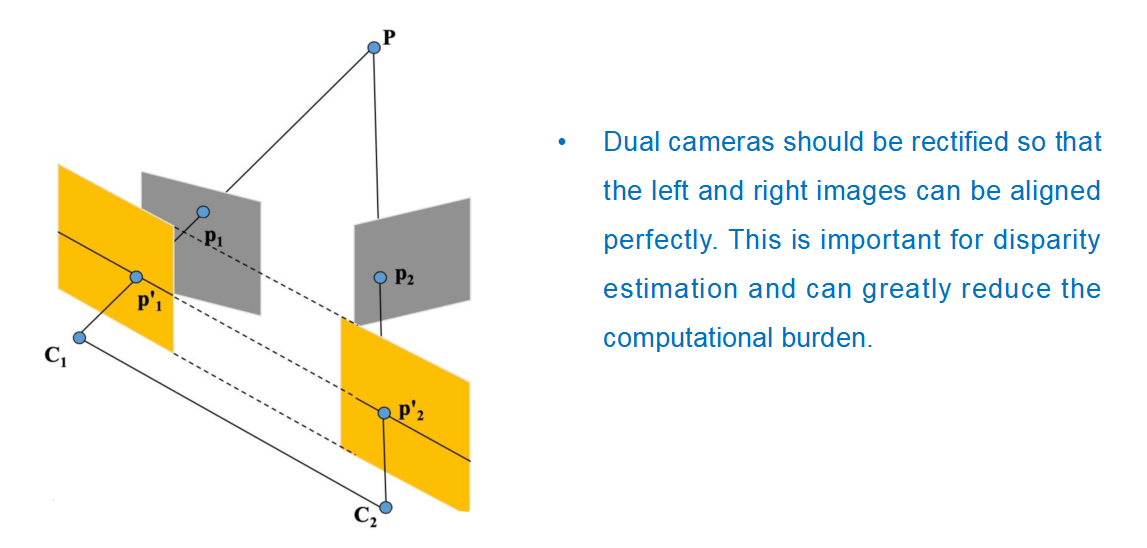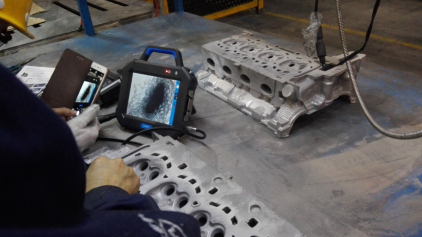Die casting is a metal casting process. It features the use of a mold cavity to apply high pressure to the molten metal. Similar to plastic injection molding. The industrial endoscope detection method has the advantages of low cost, easy portability, strong operability, etc., and can effectively improve the detection efficiency in the production process of die-casting castings. Die casting is suitable for the manufacture of a large number of small and medium-sized castings, and is the most widely used of various casting processes.
Compared with other casting techniques, die casting has a flatter surface and higher dimensional consistency. However, irregular operations and parameters can also produce a wide variety of defects. According to statistics, there are ten types of defects in die casting, and the reasons are different. Industrial endoscope is a relatively effective non-destructive testing instrument that can be used to detect internal surface defects.
-
Flow marks and patterns
Visual inspection There are stripes on the surface of the casting that are consistent with the flow direction of the molten metal, and there are obvious non-directional lines that are different from the color of the metal matrix, and there is no development trend.
-
Reticulated Wings (tortoise cracks)
Visual inspection The surface of the die casting has raised or recessed traces like a mesh hairline, which expands and extends with the increase of the number of die castings.
-
Cold insulation
Visual inspection The surface of die castings has obvious, irregular, sunken linear lines (both penetrating and non-penetrating), which are small and narrow in shape, and sometimes the edges are smooth, which may be broken under the action of external force.
-
Sink (dent)
Visual inspection There are smooth dents (like disks) on the surface of the thickest part of the die casting.
-
Imprints
Visually inspect the traces left by the contact between the surface of the casting and the surface of the die-casting mold cavity or step marks on the surface of the casting.
-
Adhesion traces
Appearance inspection of small pieces and metal or non-metallic and metal base parts are welded, and the small pieces are peeled off under the action of external force.
7.layering (skin and peeling)
Visual inspection or damage inspection has a clear layer of metal in the part of the casting.
8. friction ablation
Visual inspection of the surface of the die casting produces a rough surface in some places.
9.Erosion
Visual inspection: There are pits or raised lines in the local position of the die casting.
10.Cracks
Visual inspection The casting was placed in an alkaline solution and the cracks were dark gray. The damage and cracking of the metal matrix are straight or wavy lines, the lines are narrow and long, and there is a development trend under the action of external force.
Yateks industrial endoscope is a visual inspection method to effectively inspect the inner surface defects of castings. Users can enter the high-definition camera at the front end of the endoscope into the casting, and directly observe the internal defects such as pores, shrinkage holes, shrinkage porosity, sand inclusions, slag inclusions, and cracks through the display screen, and can take pictures and videos for retention.





